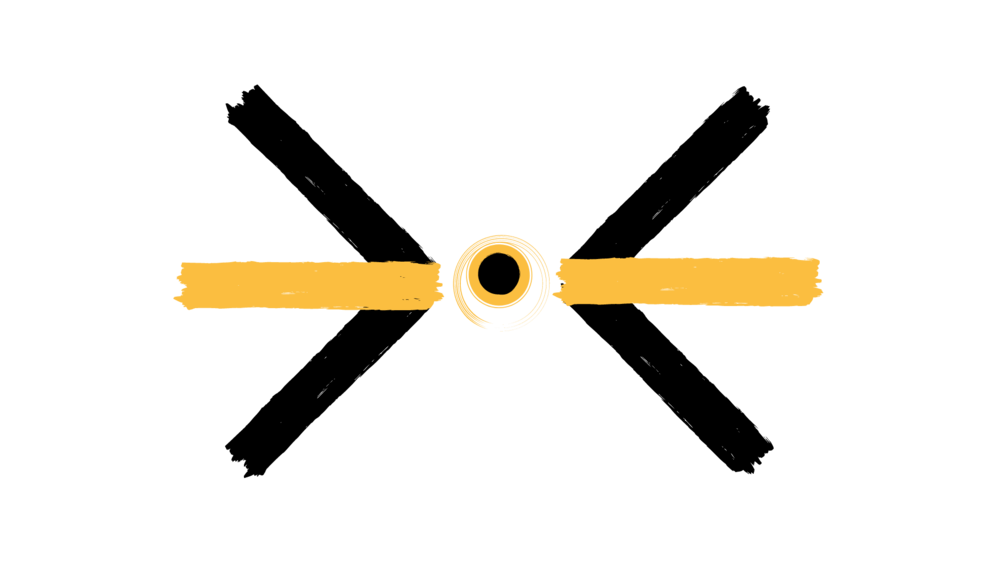3 main types of CoTeaching by Rok Vevar (NDA)
BASIC: OPEN, ASSOCIATIVE TEACHING = TEACHING IN CONTACT.
One of the basic organizations of the CoTeaching class/ workshop is associative teaching where at least 3 teachers are leading the class and organizing it in a completely associative way without any preparations, using their accumulated knowledge and skills. In this situation the challenge is in establishing trust between teachers and students as well as attentive way of instant editing without a pre-existing score or plan. What has to be pre-defined for the teachers in these situations is usually merely the title or a frame, what they are going to teach and they then proceed with the teaching processemerging as a type of instant composition. As in contact improvisation, which is based on giving and receiving weight, the process in teaching in contact is about the attentive reception of information, processing it and proposing another step.
EXPANDED: PRE-SCORED CO-TEACHING.
Pre-scored CoTeaching usually involves expanding the organization of the score before the class. Teachers sit together, discuss the proposed topic, contextualize it and then develop methods in an elaborative way. They come up with a score that involves development of a certain topic, issue, problem and de-passivization of the students. How does the class activate the students in a participatory way? They develop tasks for the students to work in groups in which teachers divide themselves into and form a situation in which a horizontal, de-hierarchized way of educational work takes place.
DEVELOPED: SET MODULES Of COTEACHING.
The set modules of CoTeaching are extensively developed situations in which a CoTeaching workshop lasts for several days and topics are varied, contrasted, developed and serialized. One of the modules that CoTeaching pedagogues developed is Embodying Histories: The elements of postmodern dance of the 1960s which introduces elements of American Postmodern dance (the everyday, constructing vs. composing of dance, elemental proposal, single task performance, minimalism and post-minimalism in dance, dance in relation to sculpture, communal dance, horizontal organization of artists, egalitarianism of artistic elements, short dance works, procedural dance works etc.) and tries these out in the studio. The module is a combination of dance practice and dance history lessons which integrate audio-visual materials and concrete tasks and experiments. There is speculative approach to the known proposals that are being revisited and involves the comparative development of topics and tasks.
Welcome to the Formats Page. Here you can find out about the 3 types of CoTeaching that have emerged from the Nomad experiences as well as an outline of how Codarts has approached the possibilities of collaborative teaching.
A 3 minute video illlustrating the variety of constellations of teachers, learners and pedagogical approaches that have emerged during our experiments.
Created and narrated by Arienne Zwijnenberg Codarts.
***
TeamTeaching cross-overs (appointments) made within the Bachelors of Dance Education in 2022/2023.
Theory + practical classes or project-based labs:
1. Jazz + Pedagogy/Research Skills
2. Dance/Music/Cultural Philsophy + LMA, Life Art Process, Modern
3. Dance Medical Science + Practical (Conditioning, Ballet **)
4. Community Arts + Didactics with emphasis on Soft Skills **
5. Cultural Education (Contextual) + Compo-Impro -field trip
6. Music Theory + Ballet
Theory + Theory
1. Dance Science (Health) + General Dance Didactics
2. Peer-Teaching + General Dance Didactics **
3. General Dance Didactics + Music Didactics
Teacher Expertise + Practical/Technical
1. Haptonomy + Compo-Impro ?
2. Eco-coaching + Technique Classes (not yet achieved)
** Combination already exists and is integrated into curriculum**

